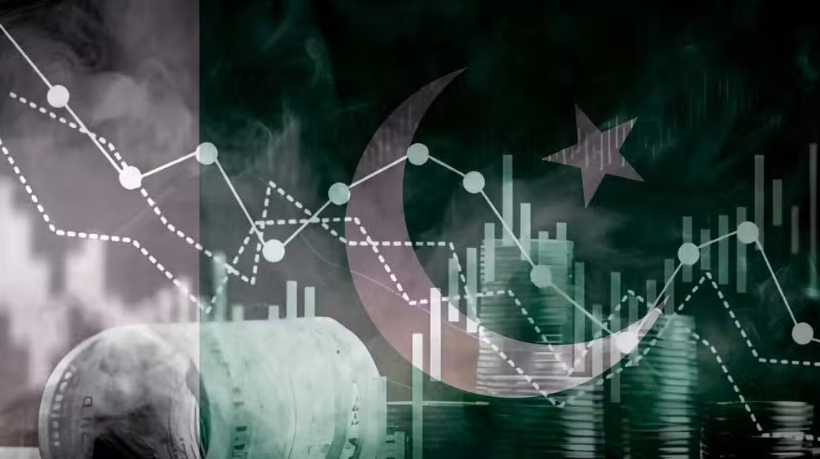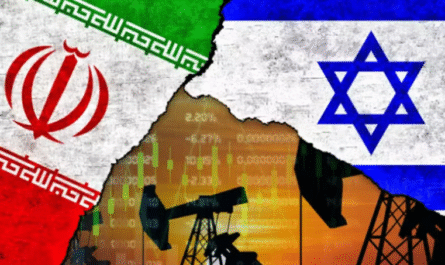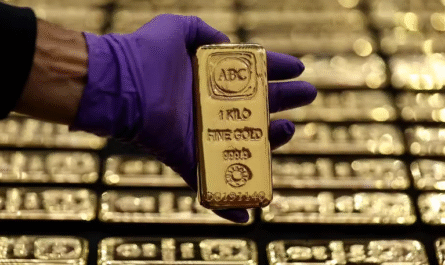The Government of Pakistan is optimistic about the country’s economic trajectory, projecting continued recovery into the early months of Fiscal Year 2025-26 (FY26). Following a challenging period marked by inflationary pressures, fiscal imbalances, and external shocks, signs of stabilization have begun to emerge—fueling hopes for a more sustained revival.
Encouraging Economic Indicators
According to officials from the Ministry of Finance, several key indicators suggest that the economy is on the mend. The government expects GDP growth to build upon the modest rebound seen in FY25, supported by improving industrial output, better agricultural yields, and a pickup in services.
Inflation, which reached double digits for most of FY24, has started to ease. This trend is expected to continue into FY26, thanks to tighter monetary policy, better food supply management, and lower global commodity prices.
Reforms and Fiscal Discipline
A major reason behind the government’s optimism is the ongoing implementation of structural reforms under agreements with international partners, including the IMF. Efforts to broaden the tax base, reduce leakages in public spending, and improve state-owned enterprises are already yielding results. In FY25, the government managed to contain the fiscal deficit more effectively than in previous years.
Additionally, the continued digitalization of the Federal Board of Revenue (FBR), streamlining of customs processes, and crackdown on smuggling are expected to enhance tax revenues and improve overall fiscal space.
Stable Rupee and Foreign Exchange Reserves
The Pakistani Rupee has shown relative stability in recent months, aided by stronger remittance inflows, controlled imports, and improved export performance. Foreign exchange reserves, while still not ideal, have remained at levels sufficient to support several months of imports. These developments bolster investor confidence and provide the central bank with greater room to maneuver.
Investment and Industrial Revival
Private sector activity is slowly picking up, particularly in the construction, textile, and technology sectors. The Special Investment Facilitation Council (SIFC) has helped fast-track several foreign direct investment (FDI) proposals, particularly from Gulf and Chinese partners. The government believes this investment momentum will continue into early FY26, helping to stimulate job creation and productivity.
Risks Remain
Despite these positive signals, risks to the recovery remain. Political uncertainty, energy sector inefficiencies, and the persistent challenge of external debt repayments could derail momentum. However, authorities remain confident that timely policy action and continued international cooperation will help keep the economy on a steady recovery path.
Final Thoughts
While challenges are far from over, Pakistan’s economic managers believe the worst is behind. With a focus on fiscal prudence, structural reforms, and investment-led growth, the government expects early FY26 to be a period of cautious optimism—one that lays the foundation for more inclusive and sustained economic progress.
Ask ChatGPT



